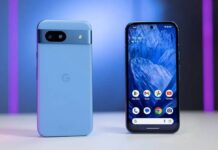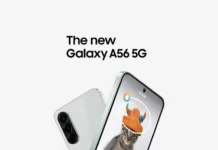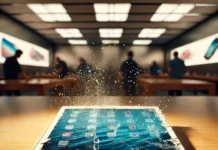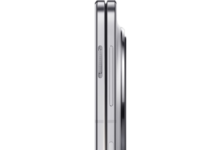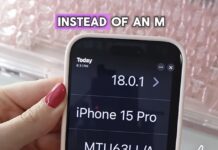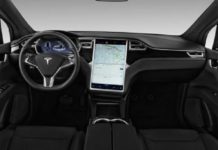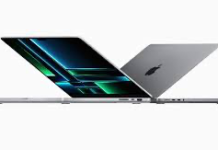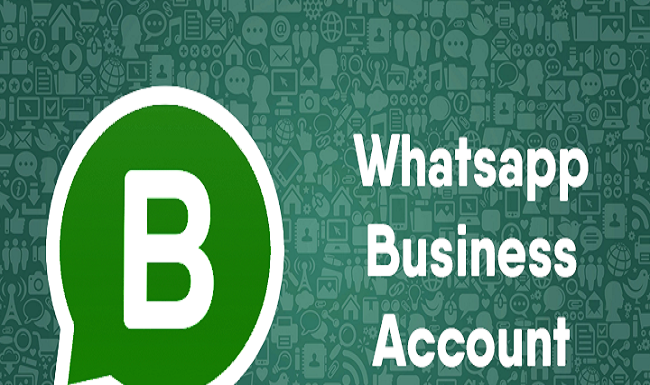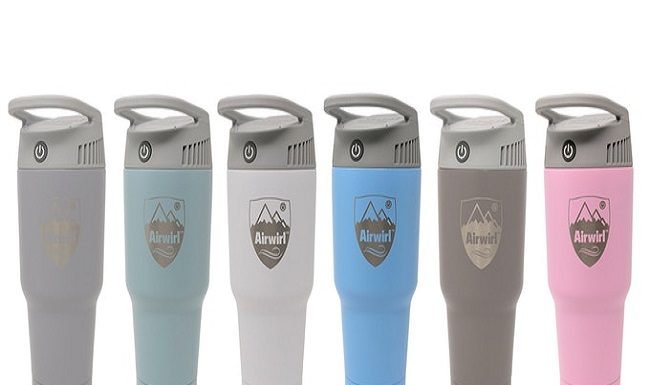September 19 saw the official launch of Huawei’s latest flagship phone Huawei mate 30 pro in China. Prior to the launch, speculations were that Huawei having been restricted from accessing the US market as well as Android license since August, would resort to use its just released proprietary operating system Hongmeng (HarmonyOS) as Google’s license was withdrawn from phones still in the factory after August.
Surprisingly, Huawei mate 30 pro landed on Android 10 OS despite the ban. How is that even possible? Huawei was violating a laid down rule that was enacted on the basis of US national security.
Huawei had found a way around securing back its Google license or maybe not. But obviously, Huawei mate 30 pro runs on Android 10. However, taking a closer look, Huawei’s Android 10 lacks basic google applications including Google Play services.
Well, that gets me thinking, Android 10 without the Google Play Store and accompanying applications? Could that have been a clone version of the real OS? While still pondering, Huawei has sure gone through a back door to get Android 10 working on its smartphone. Yes! I thought so too. Huawei used LZplay, a third party software that installs Google’s array of offerings, to access Google’s service on its device. Well, it worked really fine until what happened next – the sorry twist to the story; LZplay stopped working about a couple weeks after the launch. Forbes has the full story.
The Chinese workaround (LZplay) had certainly stopped working; It was shutdown by the company’s official communications channels, and as such panic and unrest paraded the minds of consumers (early adopters) who had bought the phone.
I mean, the smartphone’s specification was superb. With a 6.53-inch touchscreen display, a resolution of 1176×2400 pixels. Huawei Mate 30 Pro is powered by a 1.86GHz octa-core HiSilicon Kirin 990 processor. It comes with 8GB of RAM, just to mention a few.
Huawei however, got lucky that its latest flagship had not left the shores of China yet to a far away country, which would have posed difficulty recalling them for a “backup” fix.
Speaking of the fix, there’s yet to be a lasting, reliable and trusted fix to the menace. This is going to affect Huawei’s sales outside of China. I mean who would want to buy a device with a workaround that works today and can easily cease working tomorrow.
Well, definitely not me, would you?
Keep coming back for updates


